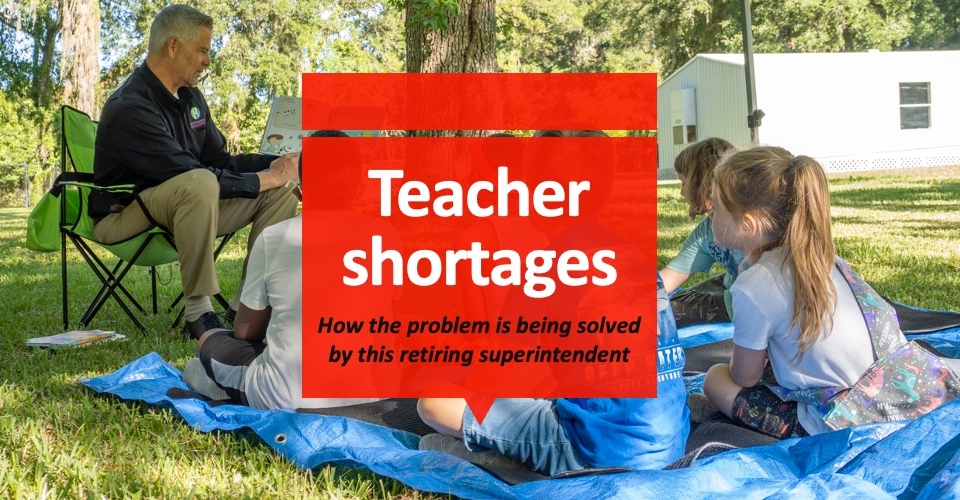Are you facing another year of vacancies in your building? ED.gov reports there are still 95,000 fewer public education employees supporting our students next year compared to pre-pandemic levels.
The U.S. has faced recurring teacher shortages for decades, a situation exacerbated by the COVID-19 pandemic. In 2024, all 50 states reported teacher shortages in at least one subject area. These shortages vary significantly across states and districts, influenced by differences in pay and working conditions. However, a consistent trend is that schools serving larger numbers of low-income students and students of color—as well as subjects such as special education, mathematics and science—face the most severe shortages.
At the same time the Bureau of Labor Statistics is reporting that after-school workers grew by an average of 9% and that this workforce is on track to continue to grow over the next five years. Some explanations for this growth might include ESSER summer learning requirements and a low unemployment rate. Lower unemployment rates create the need for more childcare services for working families.
‘Talking Out of School’ podcast: Sandy Hook Promise’s Nicole Hockley on to spotting students who need help
As school leaders, we grow talent, which then grows student learning gains. And that talent growth leads to upward mobility in our communities. One of our best under-tapped resources are staff who work in out-of-school time (OST). According to the Afterschool Alliance, these are professional staff that often reside in the neighbors surrounding our schools. They may also have their own children enrolled in the school, making program quality a personal priority.
Whether you are a principal, HR leader or superintendent, what steps can you take to begin ‘growing your own’ from the OST pipeline?
- Arrange for time with the OST Director. Ask them about program quality and whether or not the OST program has engaged in a program quality assessment (PQA). Talk with them about their staff. The OST director recruits, hires and trains diverse staff members who already work closely with students and families. Ask them, who are the natural program leaders? What are their future plans?
- Set up time to do an OST walk together. Notice the quality of the program. Is there a link between the instructional day and after school beyond “homework time”? Are there enrichment activities that the students are responding to? Who is leading those activities? Those are the people you want to talk with.
- Talk to OST staff that you and the director agree might be interested in expanding their professional practice into the school day as a teacher or other professional. Make arrangements for that person to spend time in a school day setting by pairing them up with a teacher leader on campus.
- If they’re interested, develop a short-term support plan to connect that person with your school system’s transition to teaching program. Make time to check in with them and the OST director on their progress.
- If possible, consider monetary incentives to boost their pay. Retaining OST staff poses its own challenges. Most staff report lower pay as a primary reason for leaving the job. Investing in a professional growth plan that includes compensation is a win/win for these staff who work with students for more hours per day than in-school time staff.
OST connections to the school day are powerful. These connections offer not only extensions of learning and enrichment, they offer a potential pipeline of high-quality future teachers. We recommend these five steps to encourage collaboration with OST directors, evaluate program quality and engage all OST staff.
It may even lead to your next new teacher, one with community understanding and prior experience in working directly with your students, ultimately enhancing student learning and community well-being.









